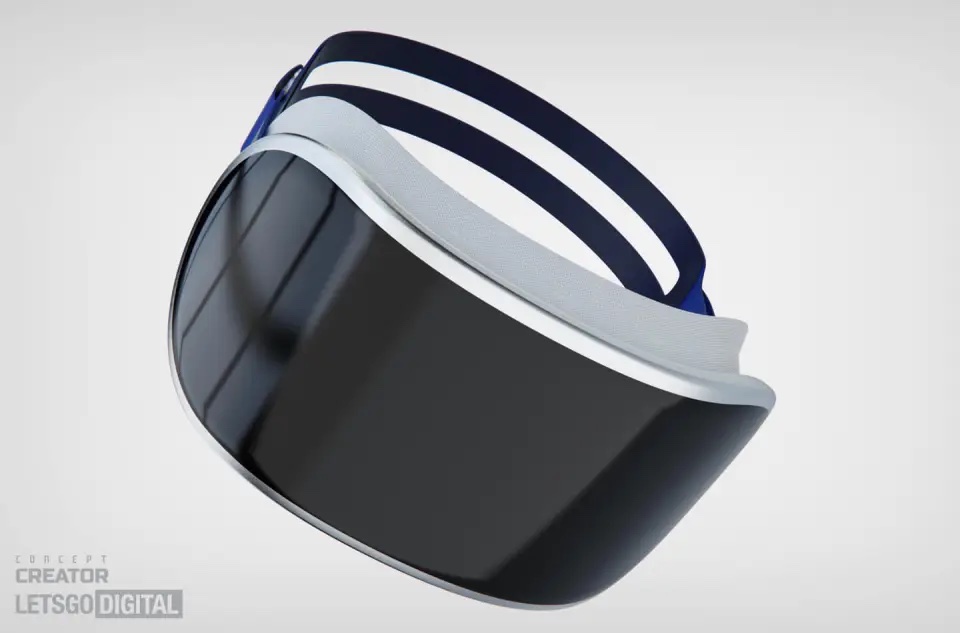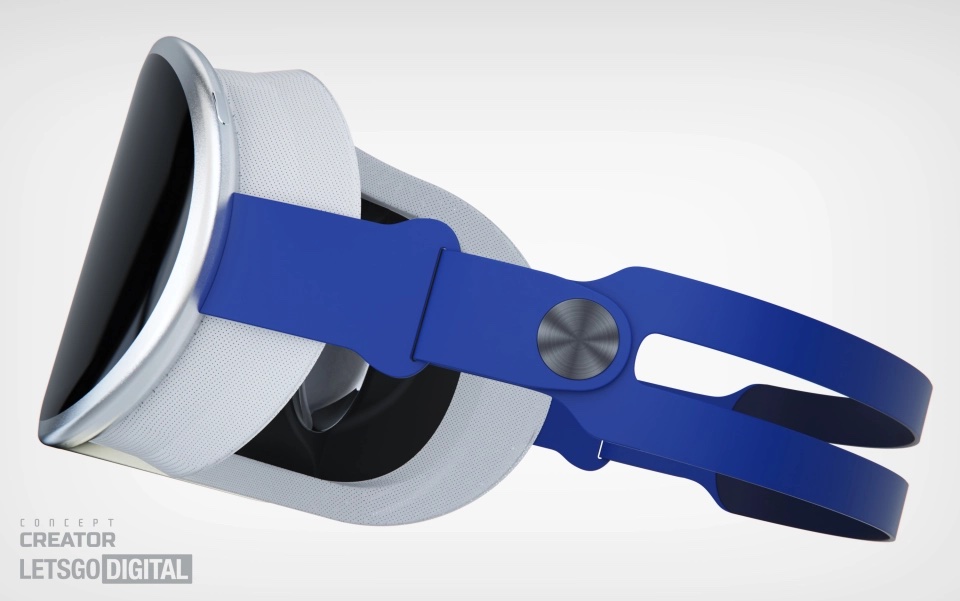Apple could soon announce the long-rumored unnamed headset.
Whether it's revealed at the "Peek Performance" spring event or later in the year, an Apple AR/VR headset is almost certainly in the works. Heavily anticipated for many years, the headset will arrive with the Facebook/Meta Oculus Quest 2 firmly in control of the growing market. What the iPhone maker has learned from this product will go a long way in determining its success.
I'm somewhat new to the AR/VR space, but it's one I find fascinating and even more so after spending some time with the Meta product. Based on that, I have some ideas about what the Apple AR/VR headset needs to become the company's next great product.
Various features on both the hardware and software sides are essential for the Apple AR/VR headset to find broad success. Notice that I used the word broad here, not niche. I expect one of the biggest surprises about the headset will be its many uses out of the box that will go beyond the most obvious, gaming. Other factors are also important such as content, battery life, and feel.
Note: Apple VR/AR headset mockup photos are from LetsGoDigital and Concept Creator.
Comfort
The Oculus Quest 2 is said to be much more comfortable than its predecessor, but it still hurts on the head after just a few minutes of play. Meta's extra "elite" strap does improve things, but not nearly enough.
I do not doubt that Apple has learned from this and will release a product that's much easier on the head and ears. For this to work, however, the company needs to consider the many head sizes out there. Just as it offers a 41mm and 45mm Apple Watch to suit different wrist sizes, Apple should offer different sized bands for the headset or make one band easy enough to adjust to fit everyone.
A prescription?
Third-parties currently offer prescription lenses for the Oculus Quest 2. Wouldn't it be nice if Apple itself did the same for its product? Although this sounds much more like a second-generation product option, Apple would make a lot of folks happy by offering this type of service on day one.
Battery life
The Oculus Quest 2 offers 2 1/2 hours of battery life between charges, although this can differ significantly depending on what you're doing. For about $100 extra, you can purchase the Oculus Quest 2 Elite Strap With Battery and double this amount.
With Apple Watches still stuck at 18 hours of run time through many generations, I don't expect the Apple AR/VR headset to set the world on fire in terms of battery life. And yet, we can all hope that whatever the number, it will increase on future generations. In the interim, fast charging would be nice. The Meta headset takes about an hour to reach 100%. Hopefully, Apple's device offers similar capabilities.
Storage
Honestly, I have no idea what storage is necessary for an AR/VR headset. The Oculus Quest 2 is available with 128GB or 256GB, which sounds right, although I'm not basing this on any science. Two initial storage levels seem right for the Apple device, although don't be surprised if we only get one at launch.
Content is king
I am most impressed with what Meta's been doing on the content front on the Oculus Quest 2. It's an experience that primarily focuses on gaming, which shouldn't come as a surprise. However, fitness, entertainment, and social offerings are also there and, from what I hear, are getting better with each passing month.
Apple's headset should have no problem lapping Meta with content from the start. After all, the App Store brings users to iPhone and iPad time and time again. I expect the first Apple AR/VR demos will focus on gaming, although fitness is where I believe the company will most surprise us. Apple Fitness+ should fit in nicely with AR/VR, and integration with Apple Watch should be expected.
I'm most excited to see what Apple plans on the entertainment front. Third-parties such as Netflix, YouTube, and NBA League Pass have a presence on Meta's headset with varying degrees of success. My favorite entertainment feature is Bigscreen, a virtual theater where you can view movies with family and friends. I'm hoping Apple takes its TV app to fun, new levels on AR/VR and fully incorporates Apple TV+ into the product. Early third-party partners such as Disney HBO Max could really add some excitement for those less inclined to play games on a virtual headset.
Price
Rumors have suggested Apple will charge up to $3,000 for its new headset. This is absolute nonsense, especially when you can purchase the Oculus Quest 2 for as little as $299. Instead, I expect the Apple AR/VR headset will launch at just under $1,000, perhaps as low as $700. Apple can offer the headset as a premium product at these price points but still make it reachable for its everyday customers who buy one of the best iPhones each year.
What others think
The iMore team is very excited about the arrival of an Apple AR/VR headset and has various opinions on what we want to see with it.
Jaclyn Kilani, for example, hopes it's "smaller and (more) streamlined" than what's on the market today, while Joe Wituschek suggests this is merely a stepping stone to AR glasses.
Luke Filipowicz hopes Apple's concentrating on consumer-level features but is concerned about the rumored price tag — as we all are. However, Carli Velocci suggests it won't be a customer product out of the gate, so "the high price might not even matter."
What say you?
It's not very often Apple announces a new product line, which is exactly what an AR/VR headset would become. So what do you hope to see on it? What should it be called? We'd love to hear your thoughts in the comments below!









0 comments:
Post a Comment